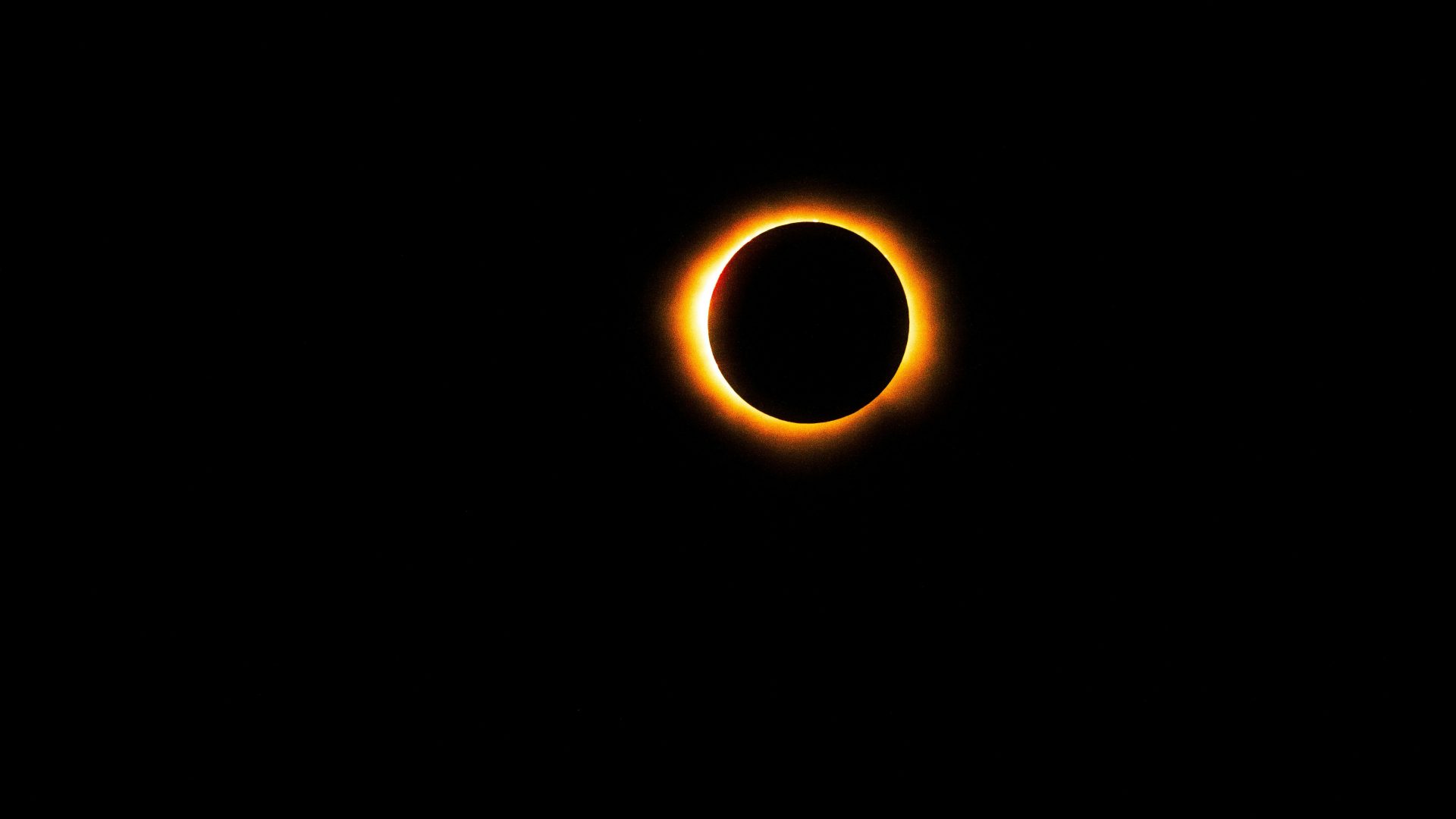Art’s Part III: THz Metamaterial Presentation
You can view the presentation HERE. The analysis of materials from the Roswell crash is ongoing. Here’s a summary of my latest findings:
-
Three New Samples: Tested at a leading laboratory. The owner has requested that all data regarding these samples be kept confidential until the publication of a white paper, with the release date to be determined.
-
Eric Davis: Provided insights during the discussion at SOL about materials. Key areas of overlap with Art’s Parts pertain to programmable quantum materials, quantum dots, and nanowires.
-
THz Dimensions: Several factors suggest minimal THz interactions, particularly in circular polarization: MgZn layers, Bismuth nanospheres, Quartz-clad gold nanowires, rings of broken microspheres, sizes of quantum dots, and Bi/Zn whiskers.
-
Connections to Other Craft: Identified elemental overlaps and structural similarities with Dalnegorsk (e.g., quartz/gold nanowire) and Ubatuba (Mg/Zn), as well as insights related to hull temperatures and THz interactions.
-
Further Testing Required: Focus on replicating the part and acquiring THz laser capabilities.
-
Elemental Analysis: Neutron activation analysis has revealed elements not previously disclosed by AARO, with anomalous results suggesting effective radiation shielding. For more details, check Dr. Szydagis’ presentation here.




It sounds like your presentation on THz metamaterials and the ongoing testing of the Roswell crash material has generated some exciting insights! The use of advanced materials like programmable quantum materials and quantum dots suggests significant implications for both technology and our understanding of potential extraterrestrial artifacts.
It’s intriguing to see the correlation between the THz dimensions and the specific materials you mentioned, especially concerning their low THz interactions and the presence of circular polarization. This could potentially lead to new applications in communication and sensing technologies.
The elemental analysis and the discovery of anomalous results are particularly compelling. The idea of excellent radiation shielding opens up numerous questions about the material’s origin and its intended use. I look forward to seeing the white paper once it is published, as well as Dr. Szydagis’ further insights.
Overall, the connections you’ve made to other craft and the emphasis on replicability are crucial steps in verifying these findings. Keep up the great work, and I’m eager to hear more about the advancements in your research!